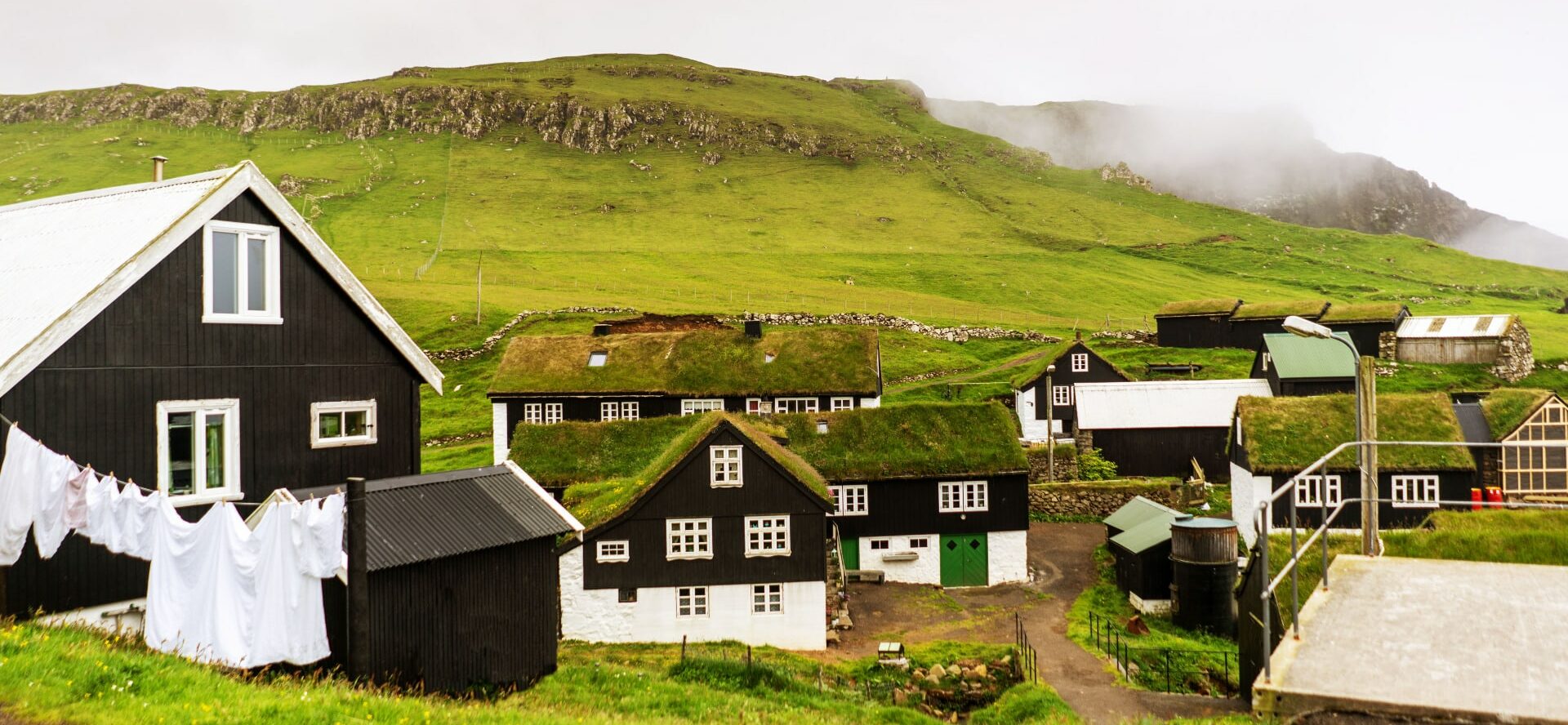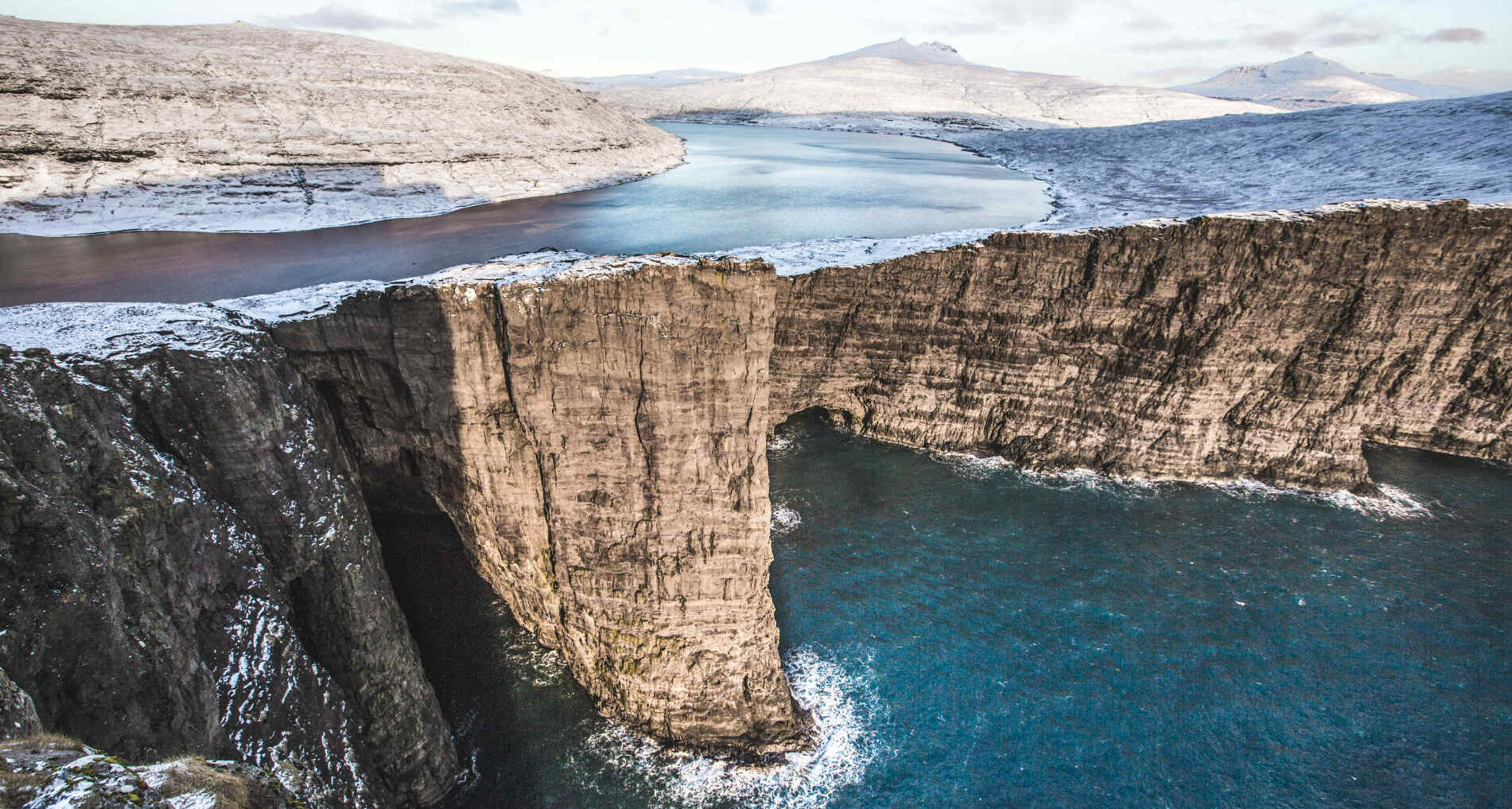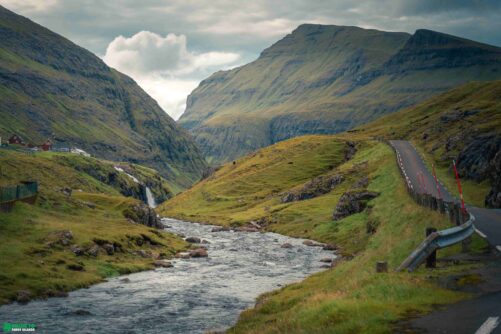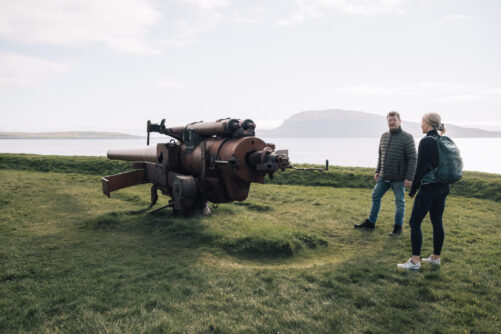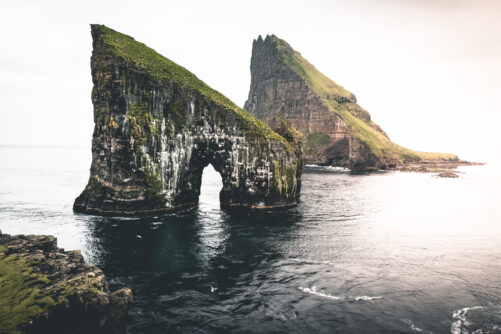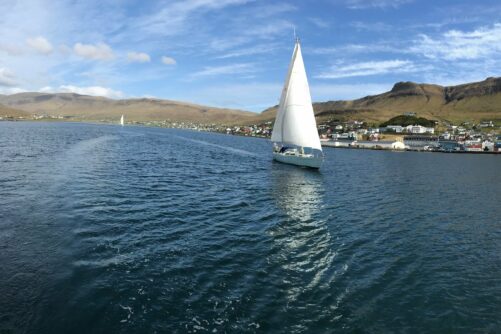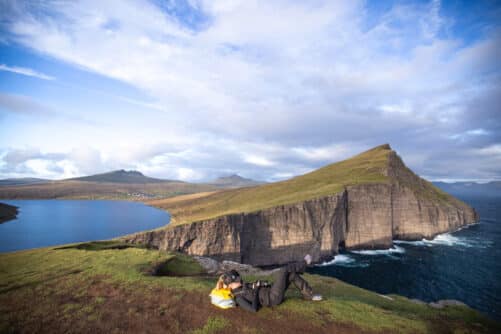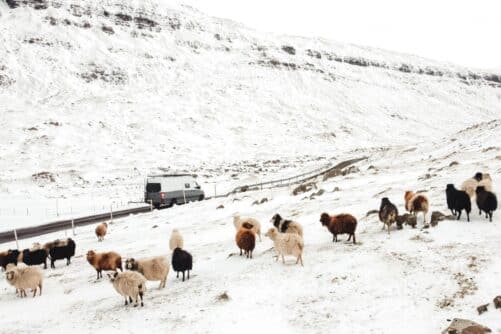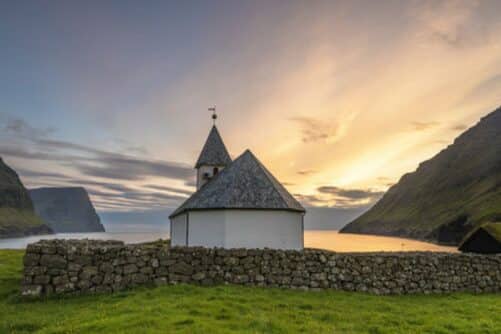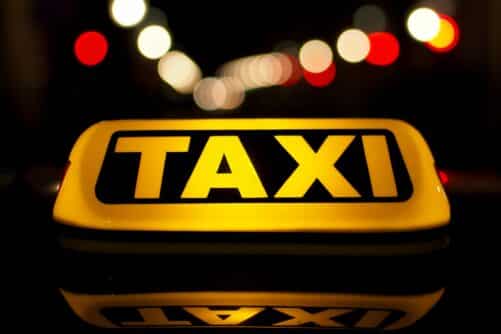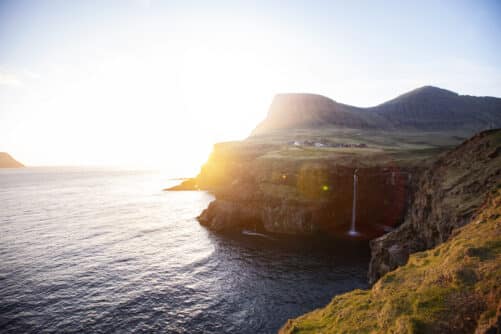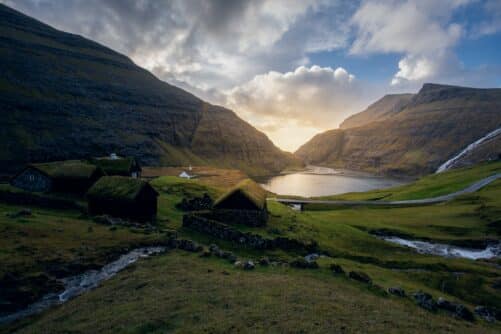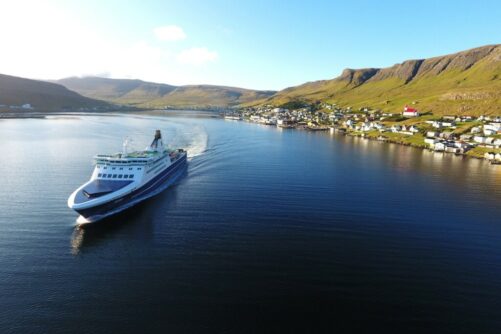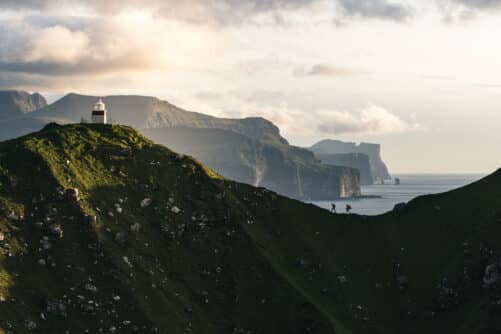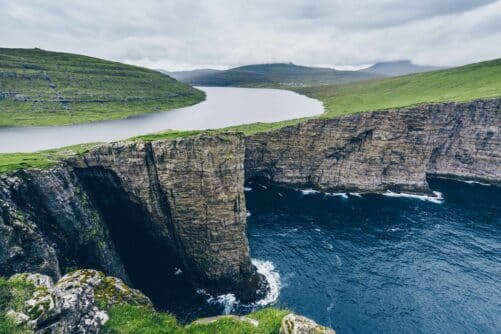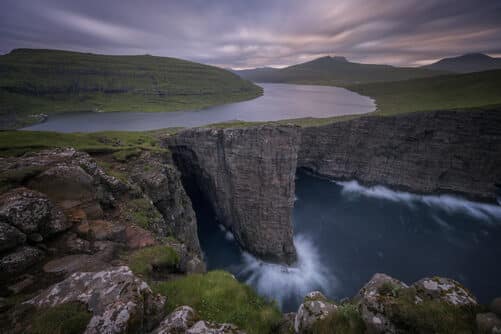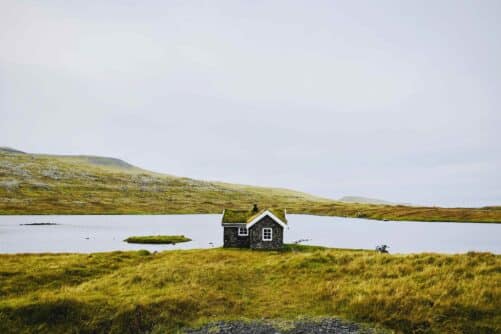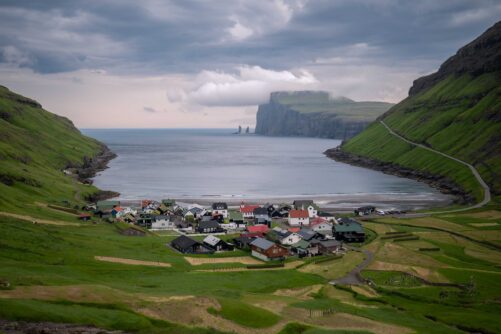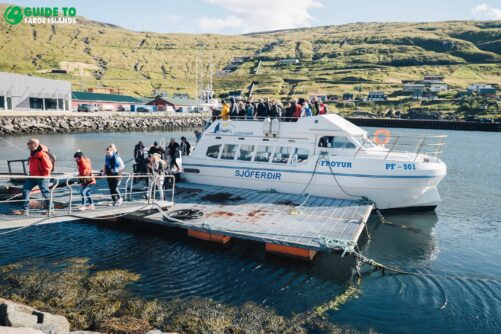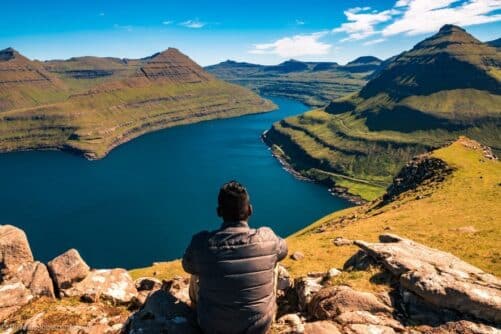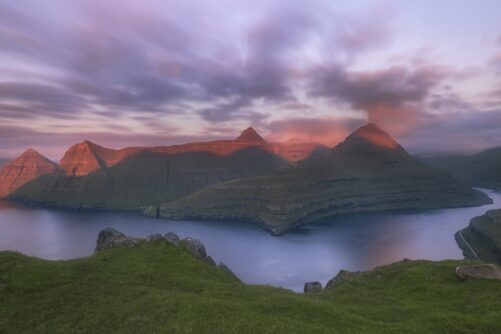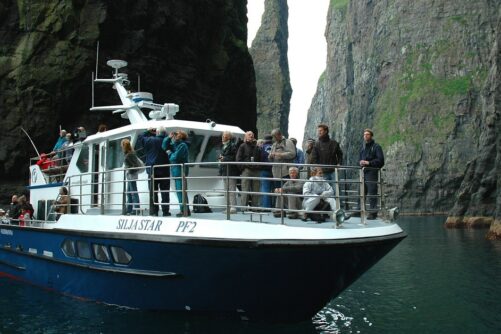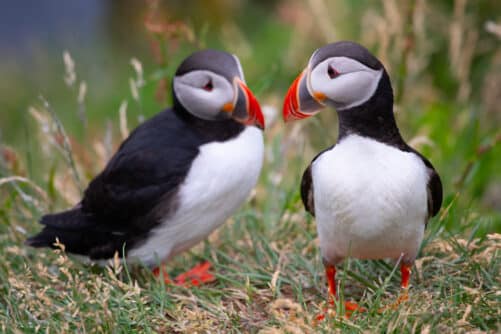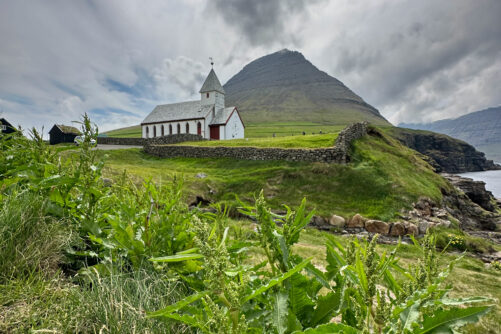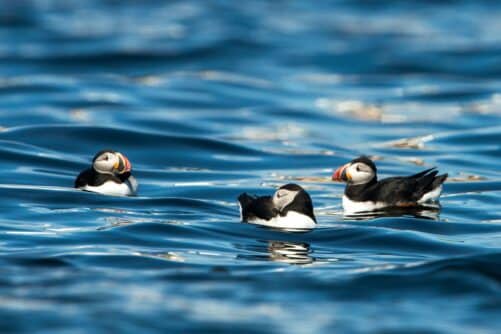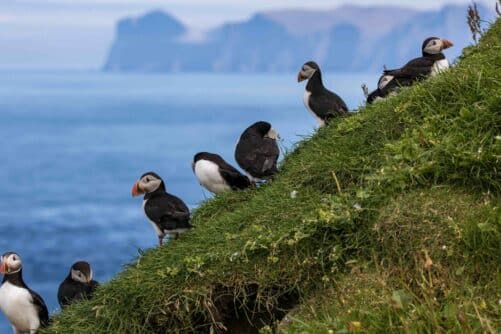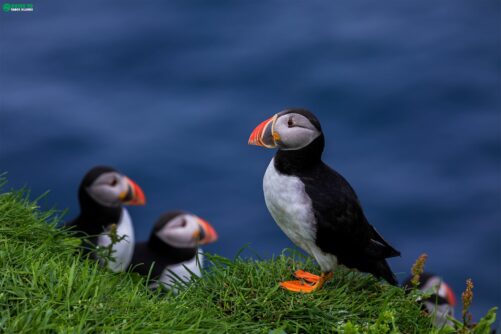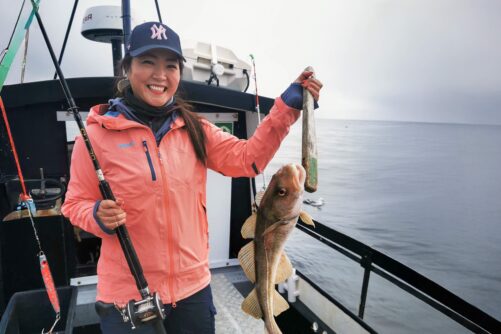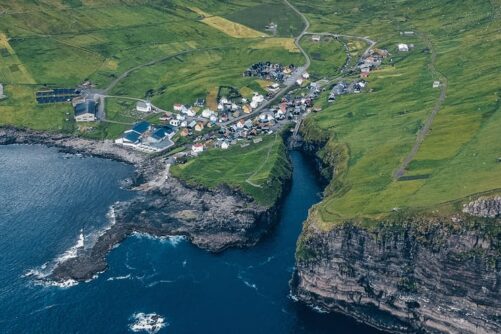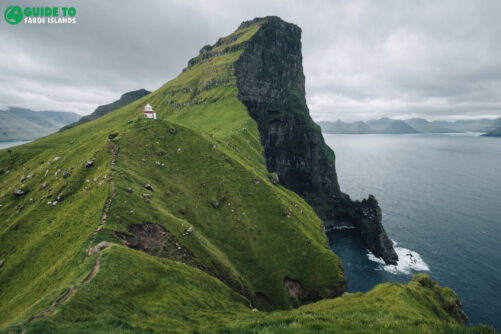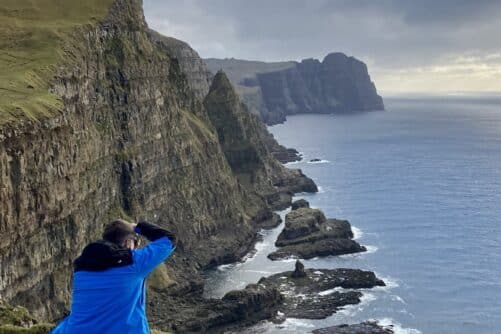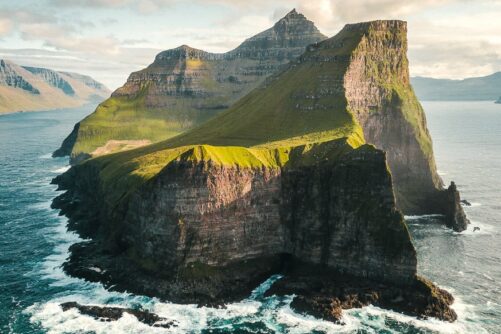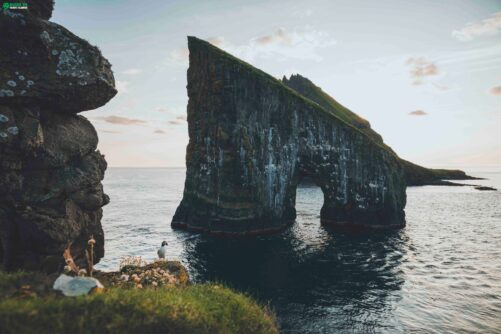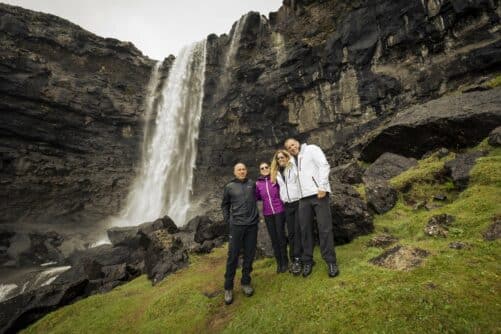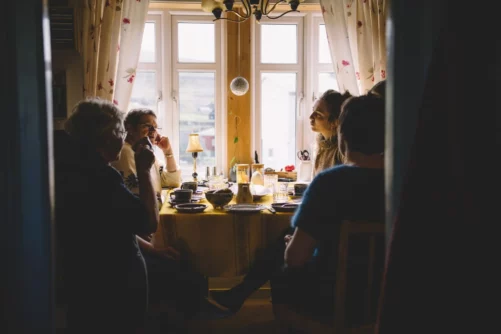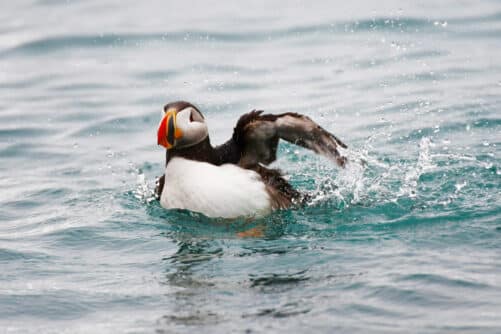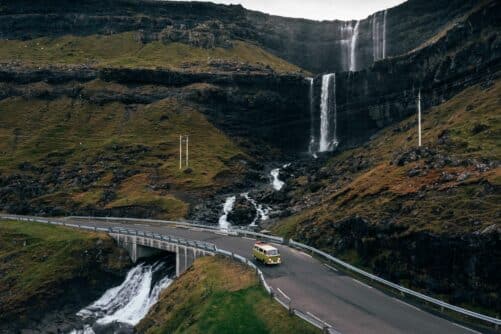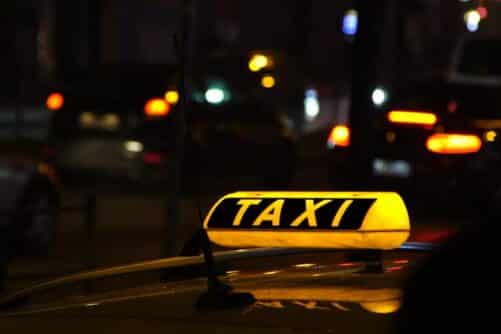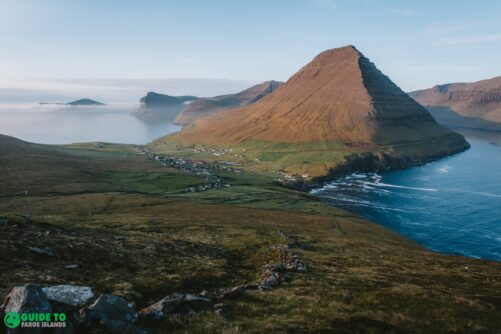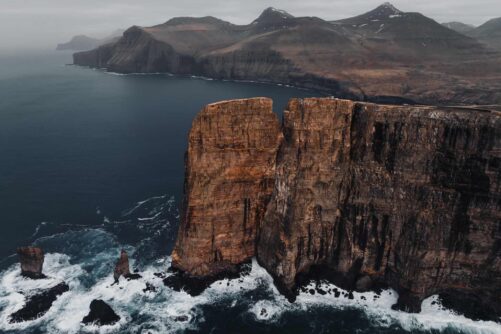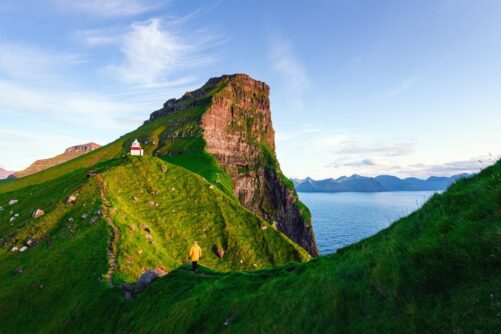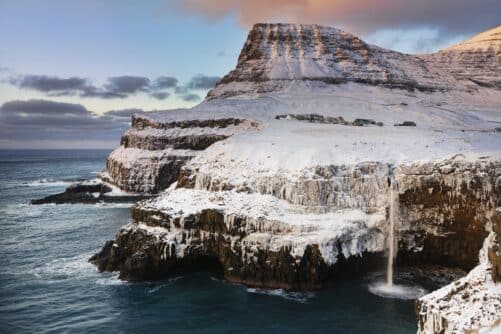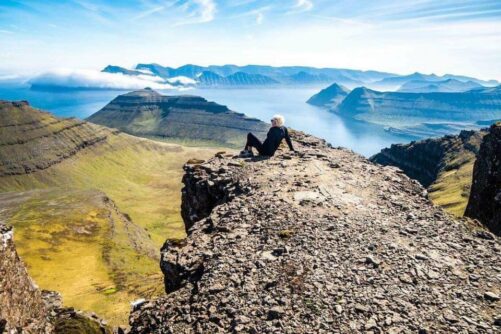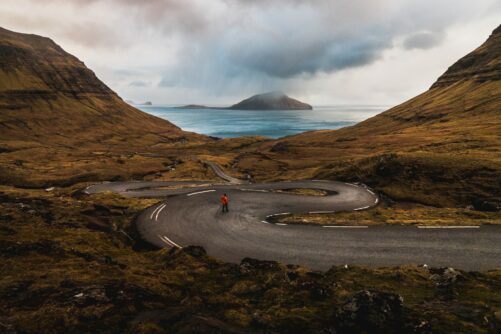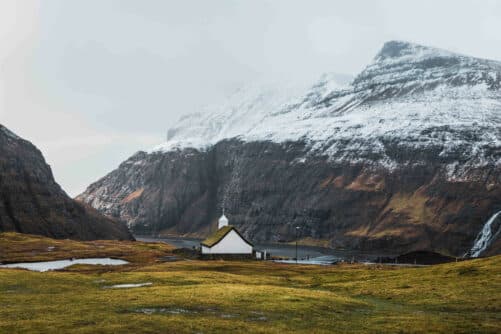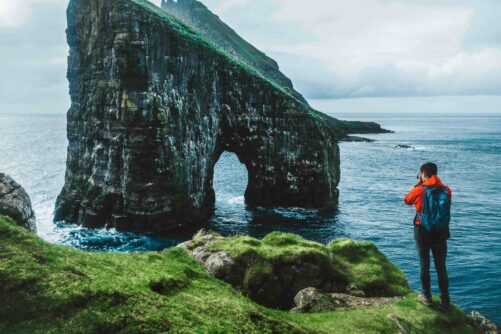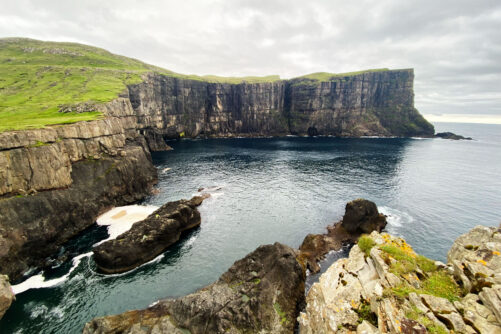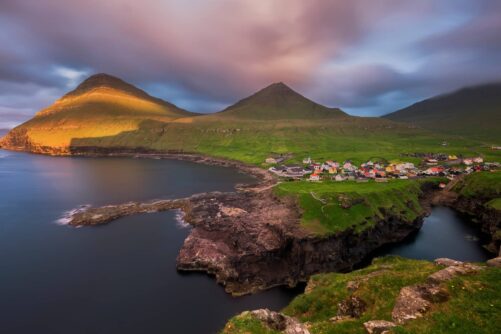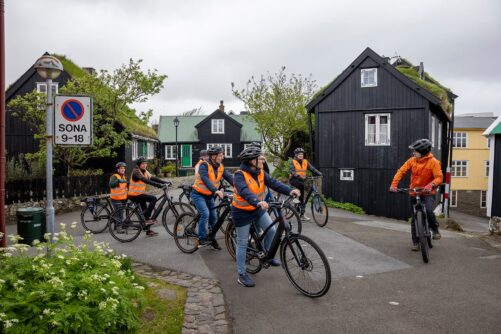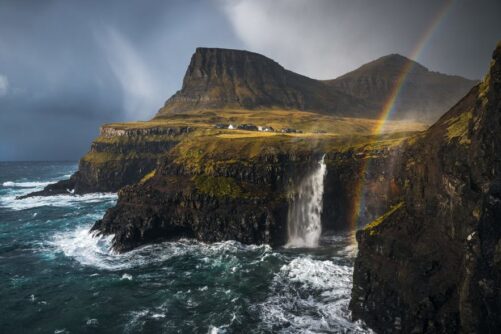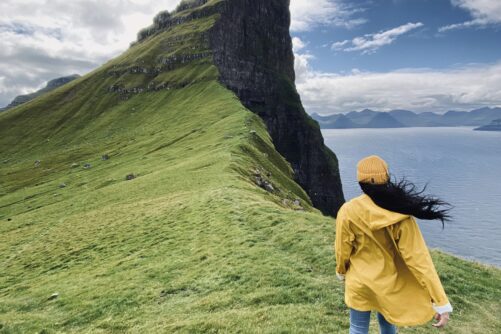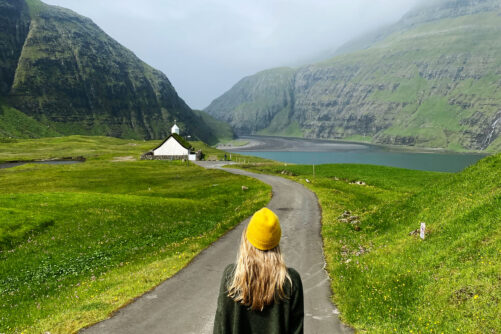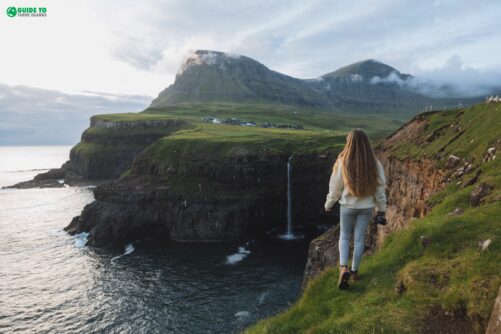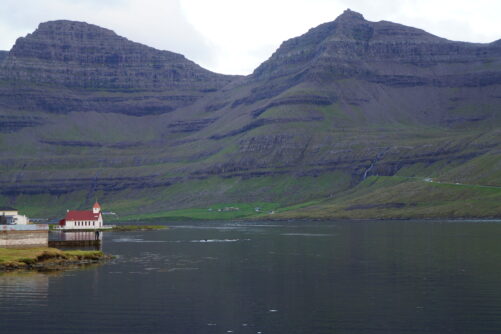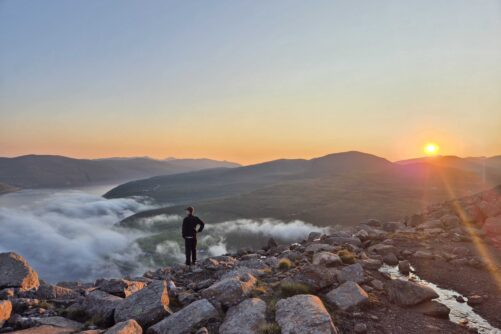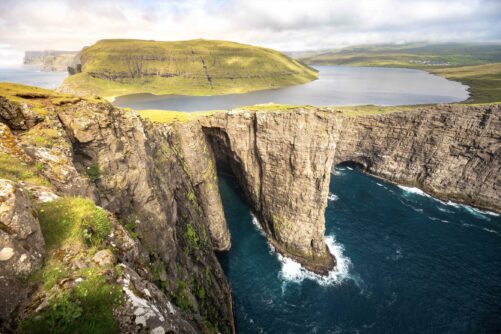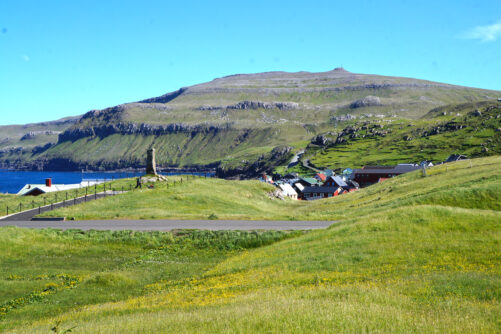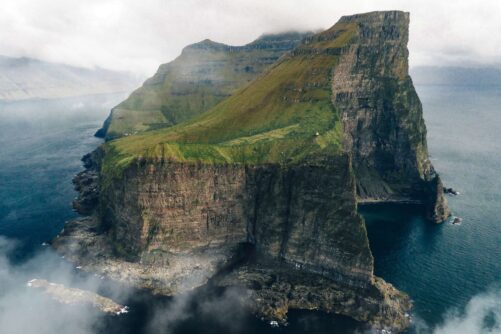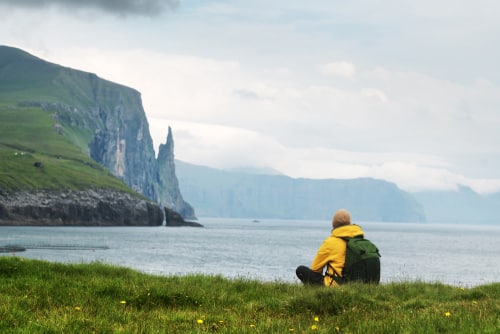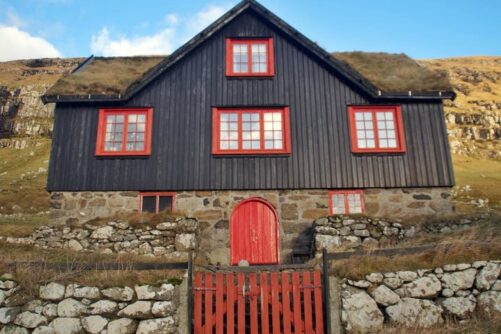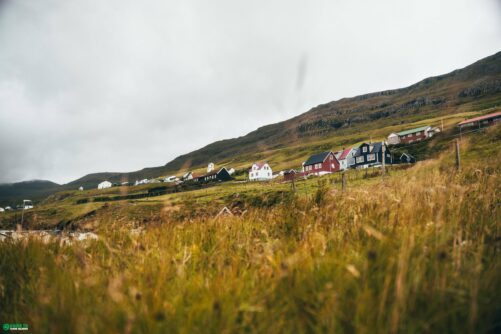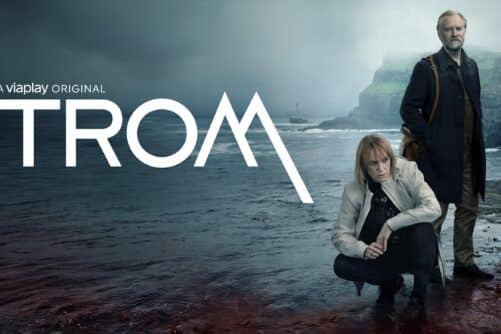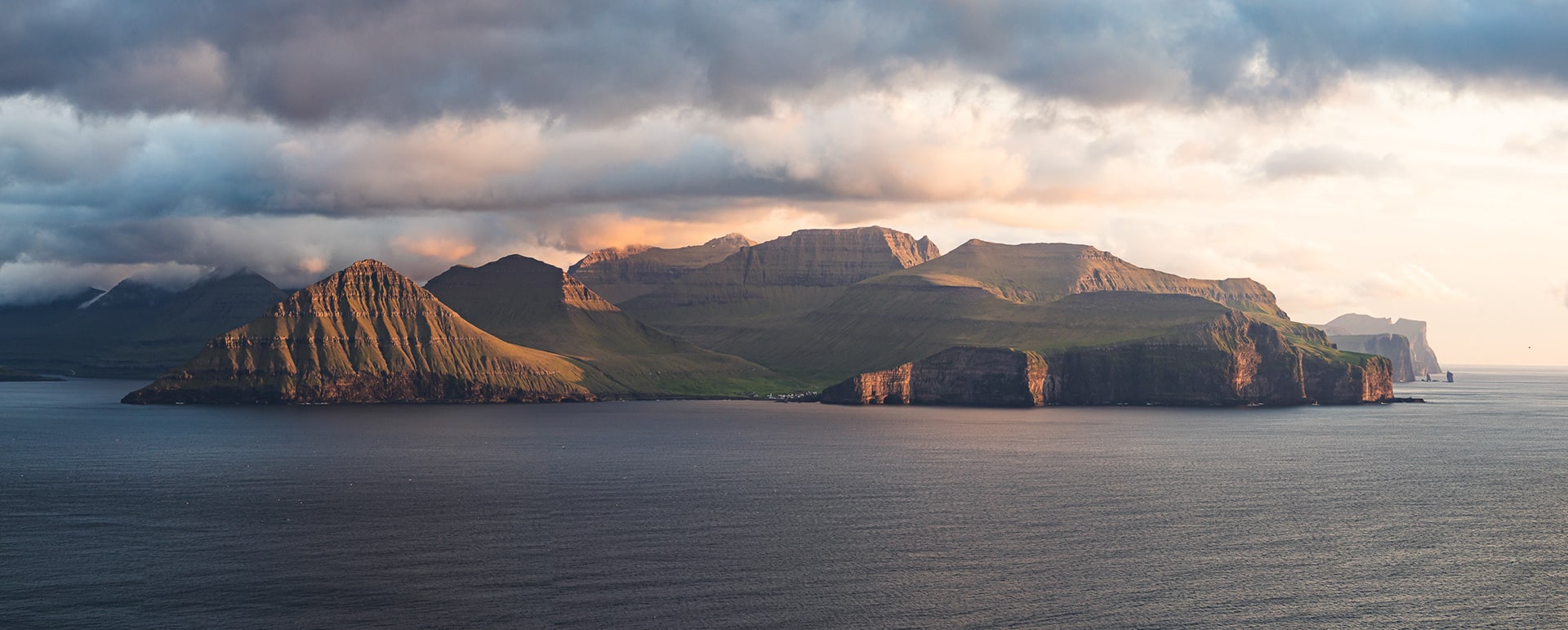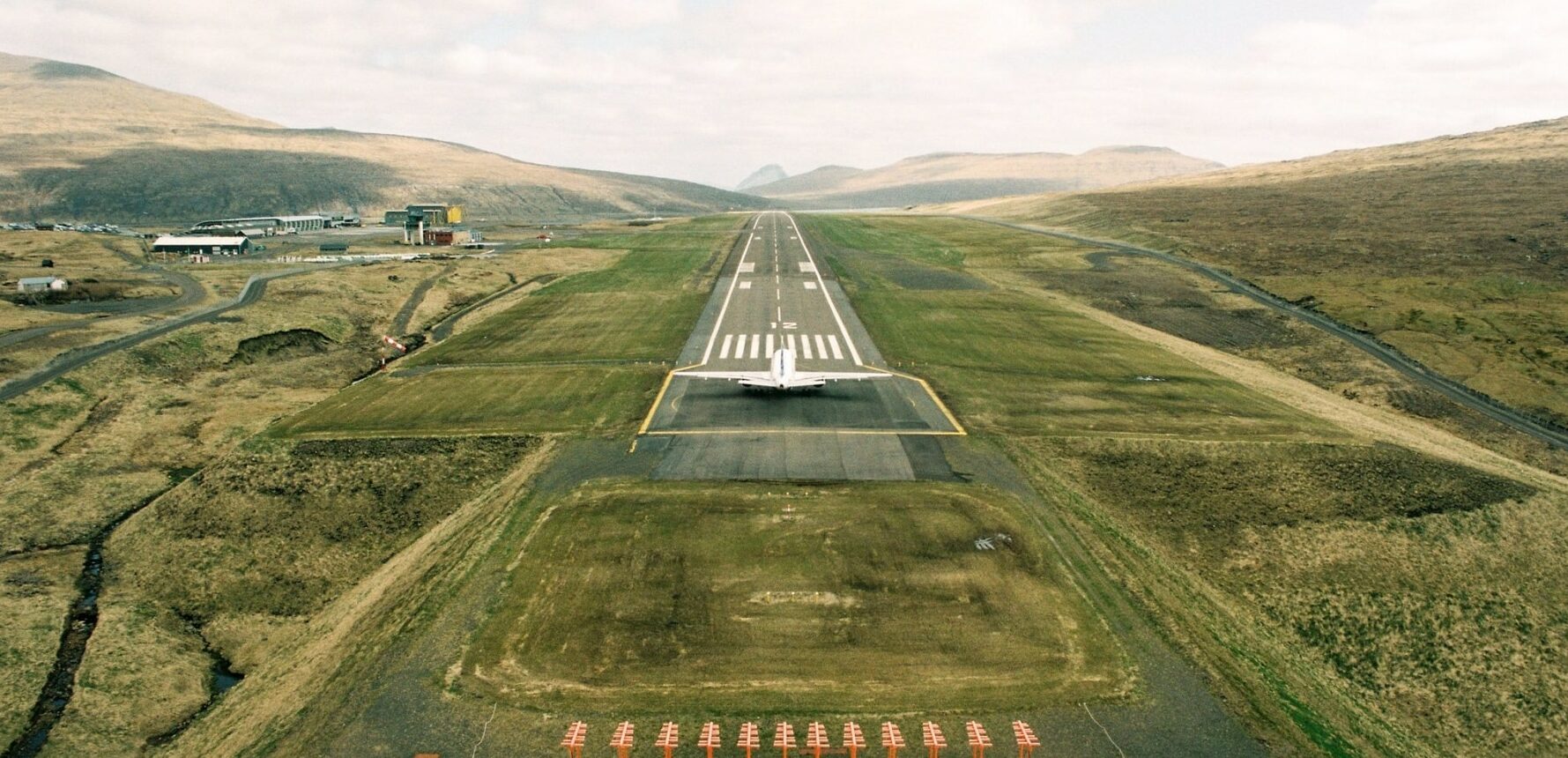

11 Things to know before Hire a Car | Faroe Islands Car Rental Guide
Where can I rent a car in the Faroe Islands? Is it safe to drive alone? Are there gas stations on all islands? Where can you pick up a rental car in the Faroe Islands? Can you drive on all islands? Which type of car to choose? Are there different options for rental car in Faroe Islands? Continue reading before you hit the road in the Faroe Islands.
- Find your Faroe Islands Car Rental here
- Read about How to get from Vagar Airport to Tórshavn
- Discover the ultimate Guide to Driving in the Faroe Islands
- Explore the Faroe Islands at your own pace by booking a Self-Drive Tour
Nestled in the heart of the North Atlantic Ocean between Iceland and Scotland, the mountainous Faroe Islands are a road trip paradise. You are secured lots of out-of-this-world landscapes accessible in a vehicle. Driving around the Faroe Islands will surely leave you speechless. Just ask all the most renowned car specialists when they reviewed the Audi Q6 e-tron in the Faroe Islands during a test drive made for the international press.
Travellers say they love exploring the Faroe Islands in a rental car. It gives you the freedom to choose your own route. Traffic volume is super low making it easy to get from one stunning location to the next.
Local Car Rental Platform
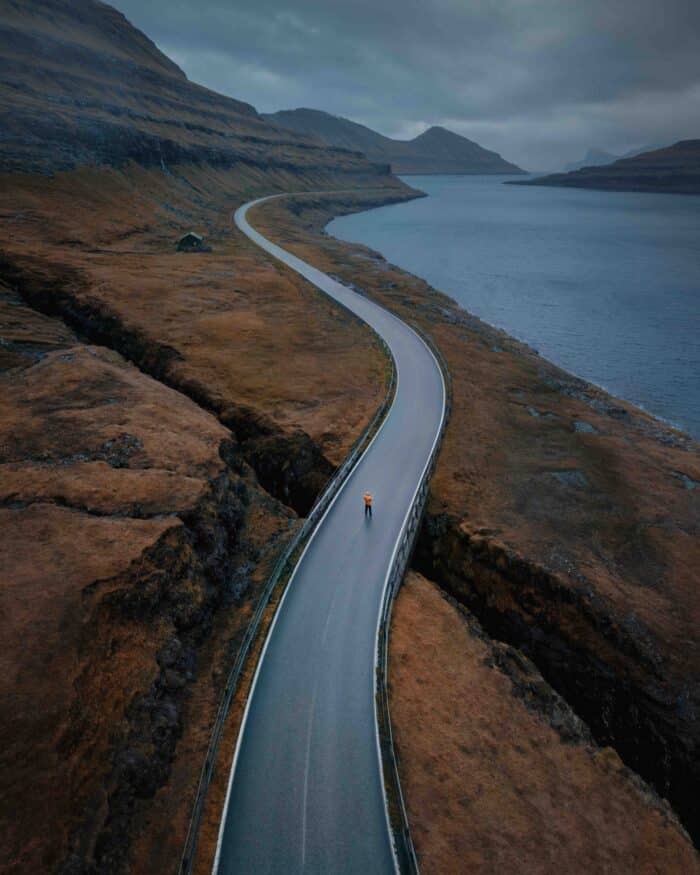
A vacation in the mountainous archipelago behind the wheel will let you experience all attractions at your own leisure. There is a wide range of car types to choose between for travellers who want to enjoy the freedom of a self-drive holiday. From small cars, Jeeps & SUVs to RV campers.
As the leading local travel planner and booking platform, Guide to Faroe Islands has the in-depth knowledge about driving in the Faroe Islands. You will easily find misinformation when browsing what global brands are saying about driving around the archipelago. There are for instance no lanes of traffic reserved for public transport and cyclists as otherwise stated by the official SIXT car rental in Faroe Islands site.
Here are 11 things to know before your big Faroe Islands road trip begins. One thing is for sure, the coastal roads are filled with endless views perfect for outdoor enthusiasts.
1. Car Rental Pick up at Vágar Airport

Most people pick up their rented car at Vágar Airport (FAE), which is the only airport in the country. You can also choose Tórshavn, the capital, as the pick up location.
As you can see on the map above, you will pick up your car at Vagar Airport in the building that says Car Rental Pick up. The building sits next to the arrival hall. All car rental agencies have their own desk in the building.
The airport is small. This makes it easy to get from the luggage area after arrival and to the car rental desk. It takes litteraly less than 1 minute to walk from the arrival hall to the car rental centre.
2. Small and cheap cars are sold out quickly
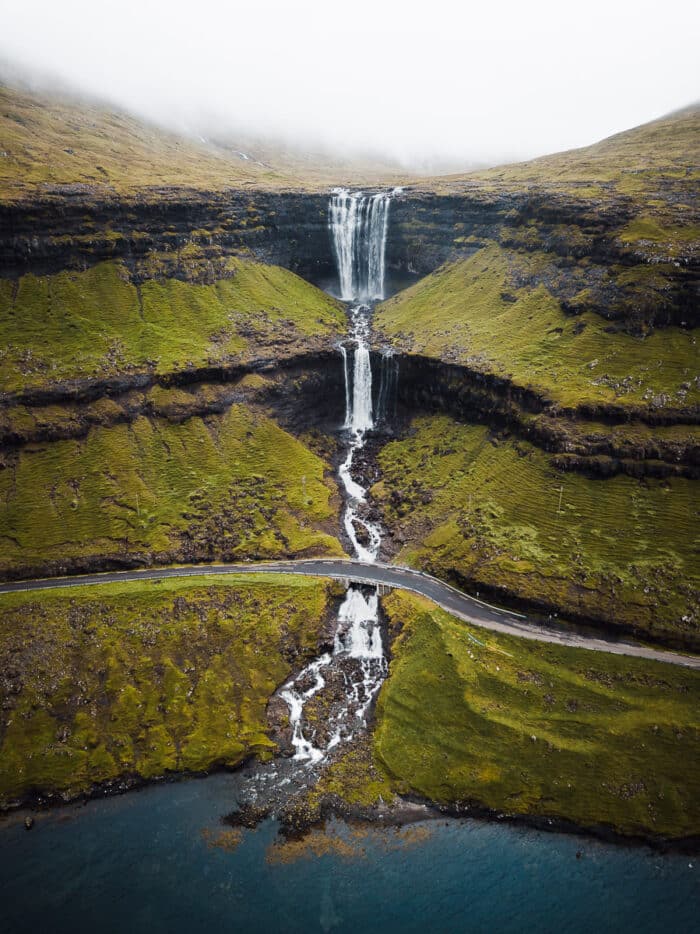
Most travellers are almost surely going to be fine with one of the small and cheapest vehicles. Unless you need more room for luggage or extra comfort. There are only 1800 rental cars in the Faroe Islands in total so if you want to make sure to hire a car at a fair price, you want to rent your car as soon as you have your flight ticket to the Faroe Islands.
Small cars can get you anywhere in the Faroe Islands and that is why the most popular cars to rent are Ford Focus, VW Polo or similar models. These cars tend to sell out fast especially for the high season from mid May to mid August. The rates will not become lower as the peak of season approaches and the small and cheapest models will sell out first.
3. Check if your own insurance covers oversea car damages
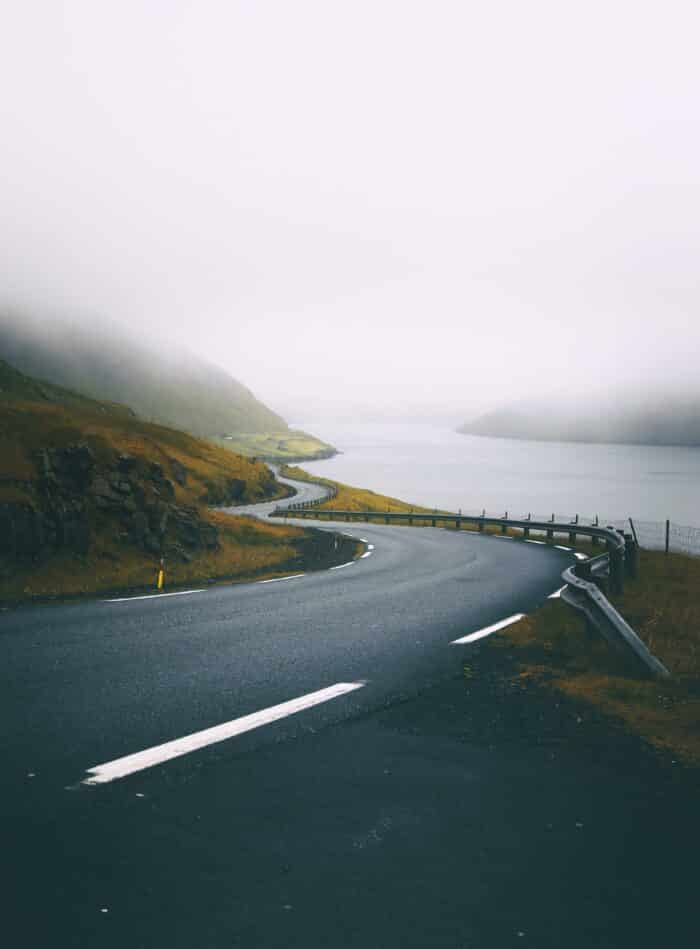
You want to make sure that you are not responsible for another person’s misuse of the car that you hire. In general most rented cars in the Faroe islands are new and less than two years old and in very good condition, but just to be sure remember to inspect the car before you are heading for your first Faroe Islands attraction for any scratches or dents.
If your own insurance do not cover everything, then all car rental companies in the Faroe Islands offer a full insurance that will cover your damages in case of an accident. There is still a renters deductible amount, but which is way less than without the insurance.
4. Watch out for sheep on the roads
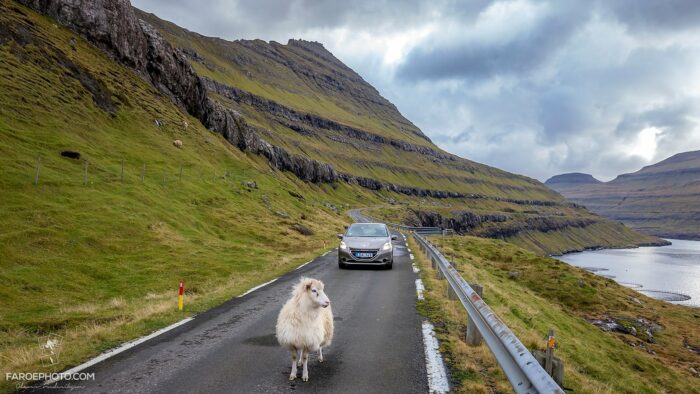
Unlike most places, there are sheep on the roads in the Faroe Islands. Even if it often feels like you are alone on the road, there are not only other vehicles but sheep too. They can pop up when you least expect it. The sheep are found on all 18 islands and you can drive on 9 of the islands. The other islands are either car-free or not accessible with a car as some ferries between smaller islands are only for passengers.
It is very, very rare to actually hit a sheep while driving. Just be careful. If you agains all odds should crash into a sheep, you should notify the Faroese Police about the car accident.

The sheep will never be offensive. They might stand in the middle of the road. Shortly after they will freely move along and you are free to speed up and continue your driving.
The speed limit on paved roads outside villages and towns is 80 km/h / 50 mph. Seat belt is required by law and is mandatory for both driver and passengers. You can easily be distracted by awe-inspiring landscapes, but be very careful and watch out for sheep along the way.
5. There are lots of Gas Stations

There are two petrol companies in the Faroe Islands with gas stations around the country. You have the Faroese owned EFFO and then Magn. The EFFO gas stations are bright green like the Faroese grass in summer combined with blue. The other provider, Magn, has red gas stations.
You will find petrol stations on six out of 18 islands. The stations are found on the largest islands:
- Streymoy
- Eysturoy
- Borðoy
- Suðoyroy
- Vágar
- Sandoy
There are less than 500 km / 311 mi of main roads in the Faroe Islands in total. So no worries about not finding a gas station to fuel up your car.
There are 23 gas stations on these six islands. Wherever you roam on the islands, you are never far away from the nearest gas station.
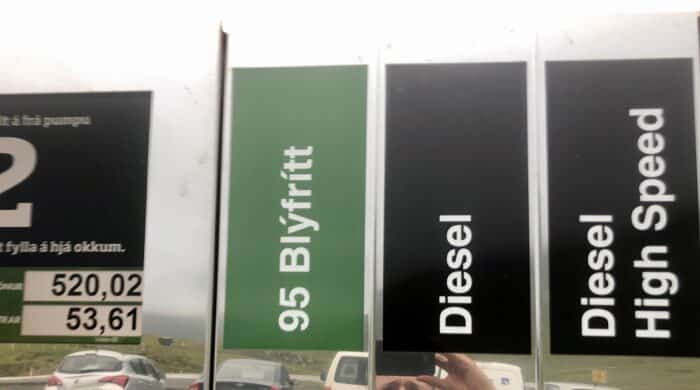
You will fill the tank with 95 Blýfrítt when you have a petrol vehicle. Petrol is marked with a green background at gas stations. Diesel is also called Diesel in Faroese.
All gas stations serve some food in addition to selling gas. A handful of petrol stations such as the one in Kollafjørður and Sørvágur do also have resting rooms where you can sit down a relax.
6. Off-roading is not allowed

The Faroe Islands are unspoiled and breathtaking and it is tempting to just venture into the mountains off-road. But the rural landscapes are protected from off-road driving, which is not allowed in the Faroe Islands. Off-road driving is super tempting, but always stay on the designated roads.
Do not worry, though. Even if off-road driving is not allowed, you will find it super easy to get around the islands in a car. It is fun to drive around the islands and the experience unbeatable.
7. No stopping on the roads to take pictures
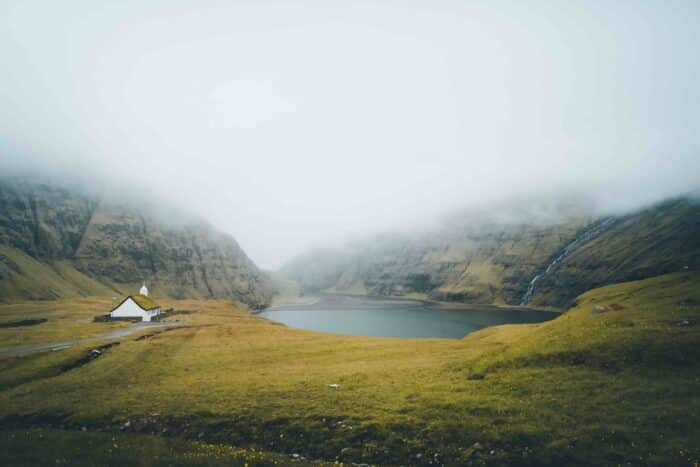
The Faroe Islands is an experience that you will remember for the rest of your life. The islands are waiting for you to be discovered. The spectacular wonders found in all directions will make you want to stop the car all of a sudden while on the road. Definitely very tempting but please keep in mind that there are other cars here.
When you spot a scenery that you simply need to explore more deeply, find the nearest roadside parking space and stop your car. Now it is safe for both you to soak in the natural beauty and for others to drive.
8. Minimum driving age is 18
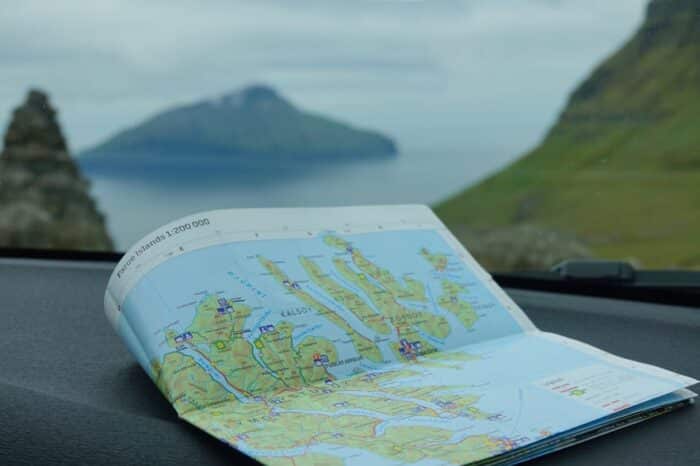
To rent a car in the Faroe Islands, you must be at least 18 years old. Most car rental companies require that you have had a driving license for at least one year before you are allowed to drive a car yourself.
You might feel as a novice drive yourself just after hitting the road. Soon your confidence will grow and you too will enjoy cruising around the breathtaking landscapes.
Another good local thing to know when driving is that Faroese people never honk the horn. There is so little traffic on the roads that there is no need for drivers honking the horn.
9. Stop for funeral procession
Funeral procession in the Faroe Islands are done by foot also when the weather is really bad. If you come across a funeral procession in a village or a city, stop your car and step out of your vehicle. You do not pull over your vehicle but just stop and stand by the car for a moment.
Usually large crowds will follow the coffin to its final resting place. Once the funeral procession passes, you can step inside your car again and continue driving.
10. Right-hand driving
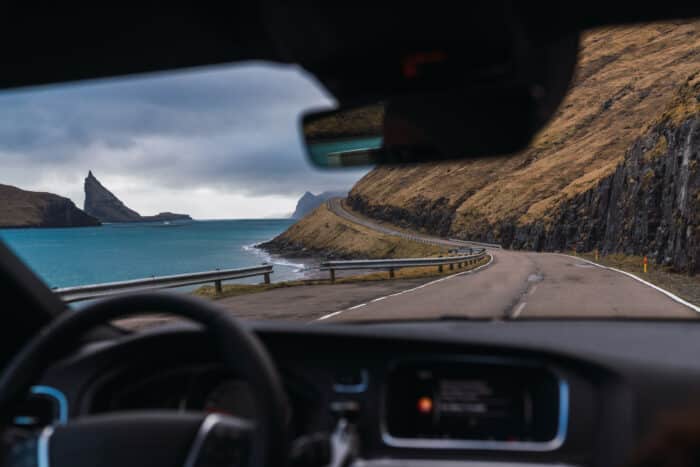
You will be driving on the right hand side of the road. The road system is excellent and in good condition. Most roads have one lane in each direction. There are some exception when you drive towards smaller settlements such as the hidden Saksun, the village Kunoy surrounded by steep mountains and the remote village Tjørnuvík.
The local road authority has made a map marked with routes that will not disturb the main traffic. These routes are called Buttercup routes after the national flower in the Faroe Islands. Most of these routes are single-lane so just remember to use the lay-bys when there is oncoming traffic.
11. You will drive in Road Tunnels
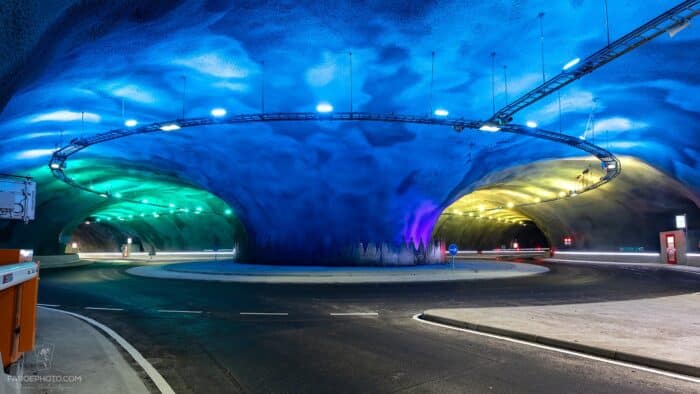
The quality road network in the archipelago comes with lots of road tunnels. There are more than 25 tunnels linking the different areas and islands together. Four of these tunnels are subsea tunnels and all the others go through mountains. The islands even boasts the world’s first underwater tunnel to include a roundabout.
There are so many tunnels in the archipelago that one island’s nickname derives from its tunnels. Kalsoy Island is nicknamed “the flute” due to the island’s long and slim shape containing four tunnels.
The newest tunnels are all two lane. Older tunnels are single-track. To get traffic running smooth in the narrow tunnels, there are frequent lay-bys used by passenger cars. You can pull off every 100 m / 328 ft when there is oncoming traffic. Always turn right when there is any oncoming traffic.
Tunnels in the Faroe Islands
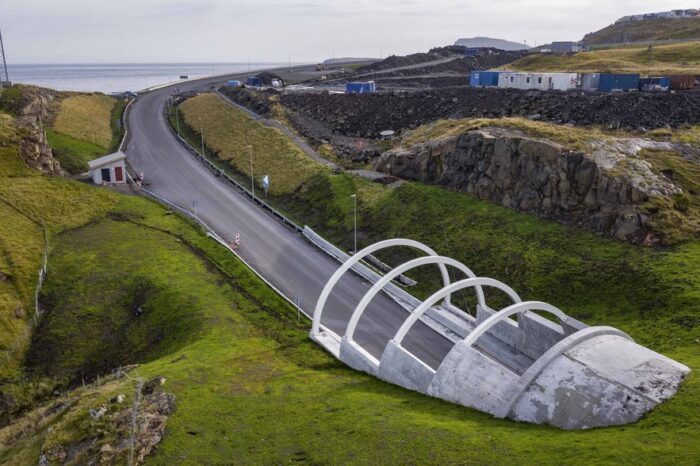
You can see the list of tunnels in the Faroe Islands below together with their length. You can also see if the tunnel is single-lane or has two lanes.
Sub-sea tunnels in the Faroe Islands:
- Eysturoyartunnilin (Streymoy Island & Eysturoy Island) 11200 m (2 lanes)
- Sandoyartunnilin (Streymoy Island & Sandoy Island) 10800 m (2 lanes)
- Norðoyatunnilin (Eysturoy Island & Borðoy Island) 6300 m (2 lanes)
- Vágatunnilin (Vágar Island & Streymoy Island) 4900 m (2 lanes)
Two-lane mountain tunnels in the Faroe Islands:
- Sumbiartunnilin (Suðuroy Island) 3240 m (2 lanes)
- Kollfjarðartunnilin (Streymoy Island) 2816 m (2 lanes)
- Norðskálatunnilin (Eysturoy Island) 2520 m (2 lanes)
- Hvalbiartunnilin (Suðuroy Island) 2500 m (2 lanes)
- Hovstunnilin (Suðuroy Island) 2437 m (2 lanes)
- Hvannasundstunnilin (Borðoy Island) 2246 m (2 lanes)
- Leirvíkstunnilin (Eysturoy Island) 2238 m (2 lanes)
- Árnafjarðartunnilin (Borðoy Island) 1965 m (2 lane)
- Viðareiðistunnilin (Viðaoy Island) 1939 m (2 lanes)
- Húsareynstunnilin (Streymoy Island) 1850 m (2 lanes)
- Fámjinstunnilin (Suðuroy Island) 1200 m (2 lanes)
- Leynartunnilin (Streymoy Island) 860 m (2 lanes)
One-lane mountain tunnels in the Faroe Islands
- Kunoyartunnilin (Kunoy Island) 3031 m (1 lane)
- Trøllanestunnilin (Kalsoy Island) 2248 m (1 lane)
- Sandvíkartunnilin (Suðuroy Island) 1500 m (1 lane)
- Gásadalstunnilin (Vágar Island) 1419 m (1 lane)
- Villingadalstunnilin (Kalsoy Island) 1193 m (1 lane)
- Mikladalstunnilin (Kalsoy Island) 1082 m (1 lane)
- Ritudalstunnilin (Kalsoy Island) 683 m (1 lane)
All tunnels are safe to drive. Two-lane tunnels are illuminated but the narrow tunnels are dark. Your headlights will light the tunnel up. It might sound uncomfortable driving in tunnels with limited width but it is actually not that difficult. Driving these tunnels will turn out awesome.

Every single tunnel is open day and night. All mountain tunnels are free of charge whereas the four subsea tunnels require a tunnel pass.
We recommend you to add a tunnel pass to your booking when renting your car. This will give you access to all the subsea passageway without thinking about the cost. Having a tunnel pass makes driving around effortless and you will avoid online payments to the public tunnel company.
Book your Car in the Faroe Islands
One last thing to check before leaving your home behind is to remember your driver’s license. Now you are ready to explore the Faroe Islands in a rented car.
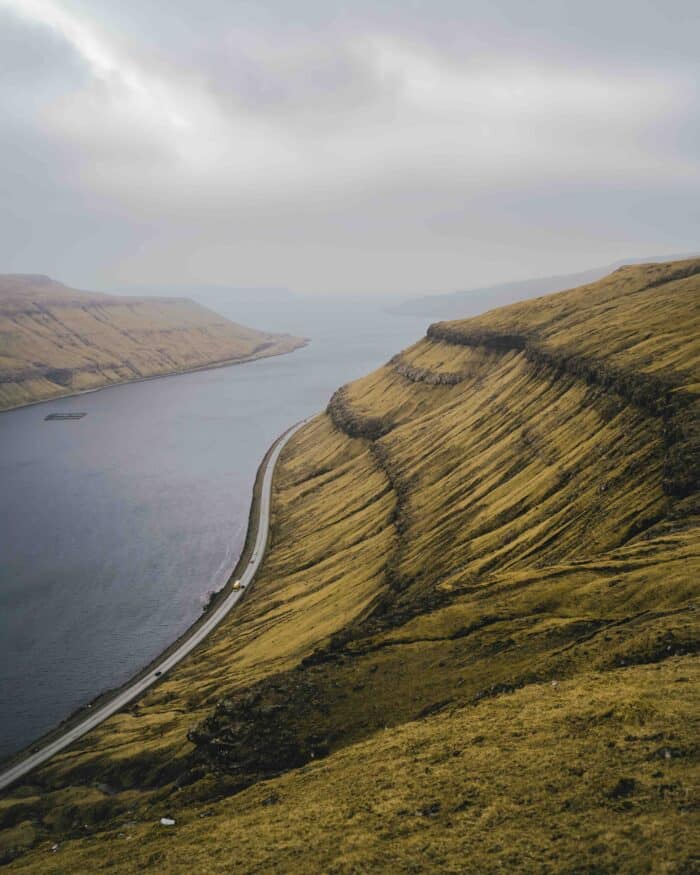
Once you are in the Faroe Islands, pick up your car, fasten your seatbelt, and hit the road. Discover the Faroe Islands on your own terms and enjoy the ride!
Book your car rental from Guide to Faroe Islands with comfort and convenience. Make sure to also add exiting outdoor activities to your road trip. Start out by browsing the largest selection of things to do and see in the Faroe Islands.

